I decided to try another batch of hard cider, but a little different than the one from last year. That batch turned out pretty good, but I had mistakenly let the airlock dry out for a couple weeks. Also, we made it with honey as the sweetener, to boost the alcohol content, so my vegan friend couldn’t ever enjoy a bottle. This year I went with a cider yeast recommended by my local brew shop. I also sprang for some fancy Belgian brown sugar. You could smell it without even opening the bag, so it should flavor the cider nicely.
The first step was to sterilize everything: the carboy, airlock, bowls used for cider juice, etc. That part went fairly quickly and I used a concentrated sterilizing liquid from the brew shop. I didn’t want to use bleach and end up with that flavor still in the cider.
The next step was pressing some pears! That went pretty quick because we let the picked pears sit for a few days. They were nice and juicy and filled our five gallon carboy quite quickly.
Meanwhile, I slowly heated up some of the fresh juice and mixed in the sugar, stirring so it dissolved fully. I didn’t let it boil – just warmed it a bit. I added the sweetened juice to the carboy and gave it a good stir. We did not heat all of the juice, which you could do if you wanted to ensure there were no wild yeast strains in there from the fruit. Instead we just added the activated yeast to the juice and stirred a bit more.
By the next morning, that yeast was busy! We had to keep changing out the airlock because the yeast foam kept bubbling up into it. After that first day though, things have settled down and it is quietly fermenting away. We are planning to “rack” it in another week or two, then let it sit for 3-4 more weeks before bottling. We also froze some excess fresh juice, which we will add when we bottle the cider for natural carbonation.
Everything went smoothly, but the only thing I would consider changing would be the brew shop we used which was the Valley Vintner in Eugene. They were super nice and helpful when we rented the press, we scrubbed it clean for a couple hours, but then one of the workers chewed us out when we dropped it off. Without inspecting the press, he accused us of not cleaning it and told us weren’t getting any of our $500 deposit back. Shocked, I asked him to show me where it wasn’t clean. He pointed to a water drop and said he found a piece of pitch there. He then went on to actually inspect it and couldn’t find a trace of fruit anywhere else, so (without apology) we were not charged anything. Uh, thanks jerk? Normally they are nice and cool there, but this guy must have been having a bad day and decided to take it out on us.
Jay was amazed that the cider-making process was so straight-forward and simple. $25 bucks for the press rental, $6 bucks for sugar, $15 bucks for other supplies (sterilizer, mesh bag, yeast) and our five gallon carboy and airlock that we bought last year. About fifty bucks for some homemade, organic, local cider? Not to bad!





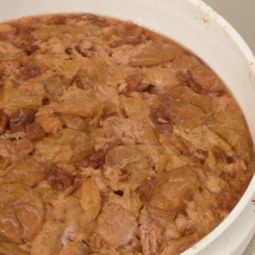
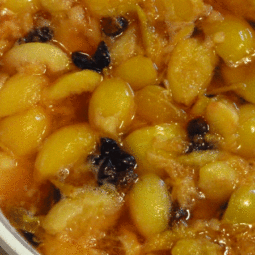


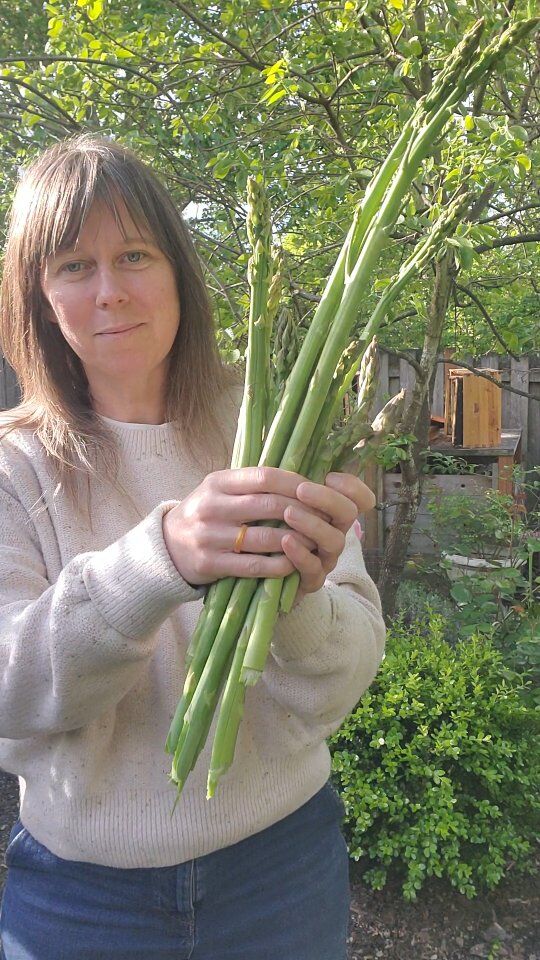

 I start with a
I start with a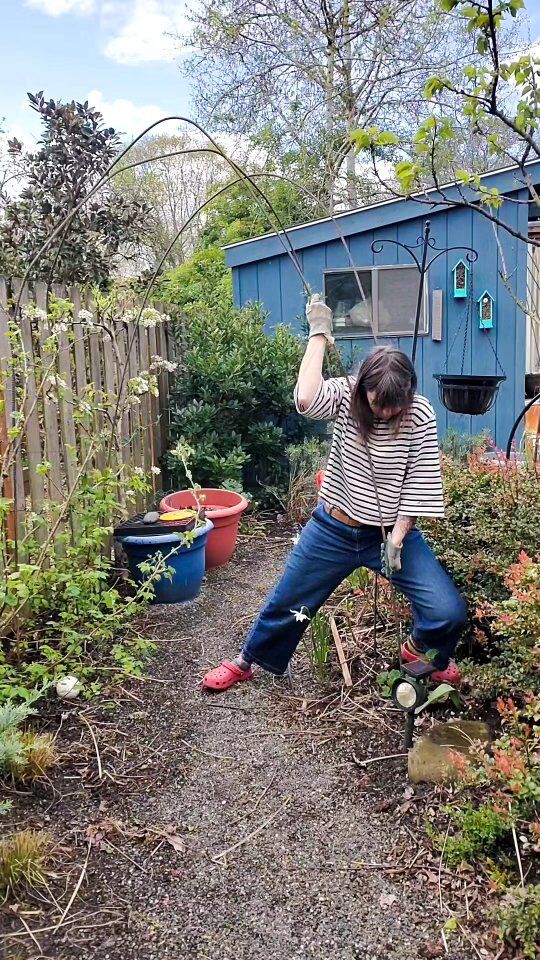

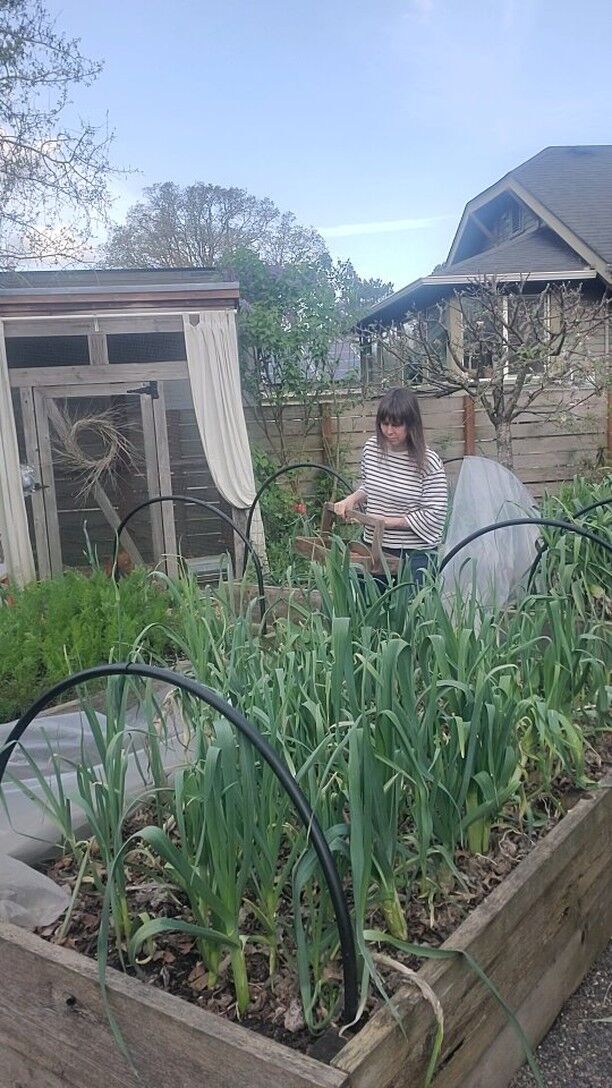

 There's a go
There's a go
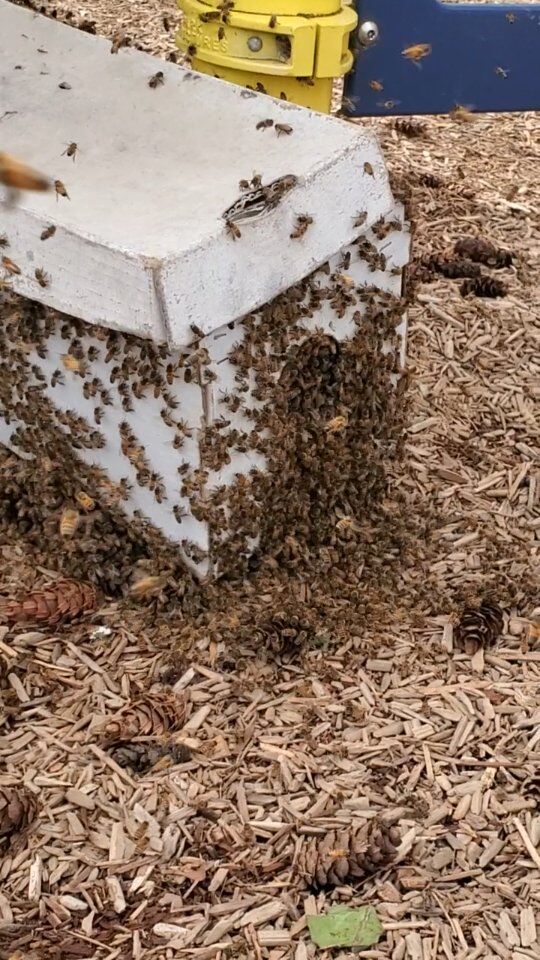

I’m planning on making pear cider for the first time and was thrilled to find your very informative posts – thanks! How did you end up finding the results using Belgian sugar vs. honey? And how did the cider yeast work out? Was the result less sulfuric than the first batch?
Emily, the second batch was less sulfuric, but I think that had more to do with the airlock getting slightly dried out with the first batch. I didn’t taste a huge difference btw belgian sugar and honey. I’d use belgian sugar over honey so my vegan friends can enjoy some brew too. The cider yeast worked great, so I would definitely use that again.
Renee, I apologize if I’ve missed this somewhere in your description but how much of the brown sugar did you mix in? Heading out to pick the pears, can’t wait to get the cider going.
Cheryl, about two pounds of brown sugar for five gallons of juice. Happy brewing!
I’m aware this is old, but in case you’re still making perry or for anyone else who reads this, instead of using an airlock at the beginning, use a blow off. You just use a long plastic tube (can get from home brew store or cheaper from the hardware store), either fed into the stopper or on top the airlock – on the “stem”, not over the whole top – and then run the tube into a container of plain water. An empty pop bottle works well for this container. If it foams up into the blow off, it’ll just go down into the bottle of water and not gum up the airlock, and you won’t run the risk of contamination as you repeatedly change out the airlock. Also, starting the brew in a plastic primary fermenter with more air space above the 5 gallon mark can significantly reduce the problems with the foaming.
curious about the flavor. I have a glut of asian pears right now but others have told me the asian pear cider can get kinda bland and may not be worth it. is there anything you needed to do to the juice to … reduce volume, concentrate the flavor?
I’ve made asian pear cider a few times now and really enjoyed the flavor. I think it comes down to the sweetener you use and quality of the fruit. The pears I used were a really tasty variety. For sweetener, a batch I made with Belgian sugar and another with honey turned out great.
Have you tried it without adding the sugar at all? If so, how”d it taste
I have not tried to make hard cider without adding sugar/honey. If you try it, I would love to hear how it turns out!